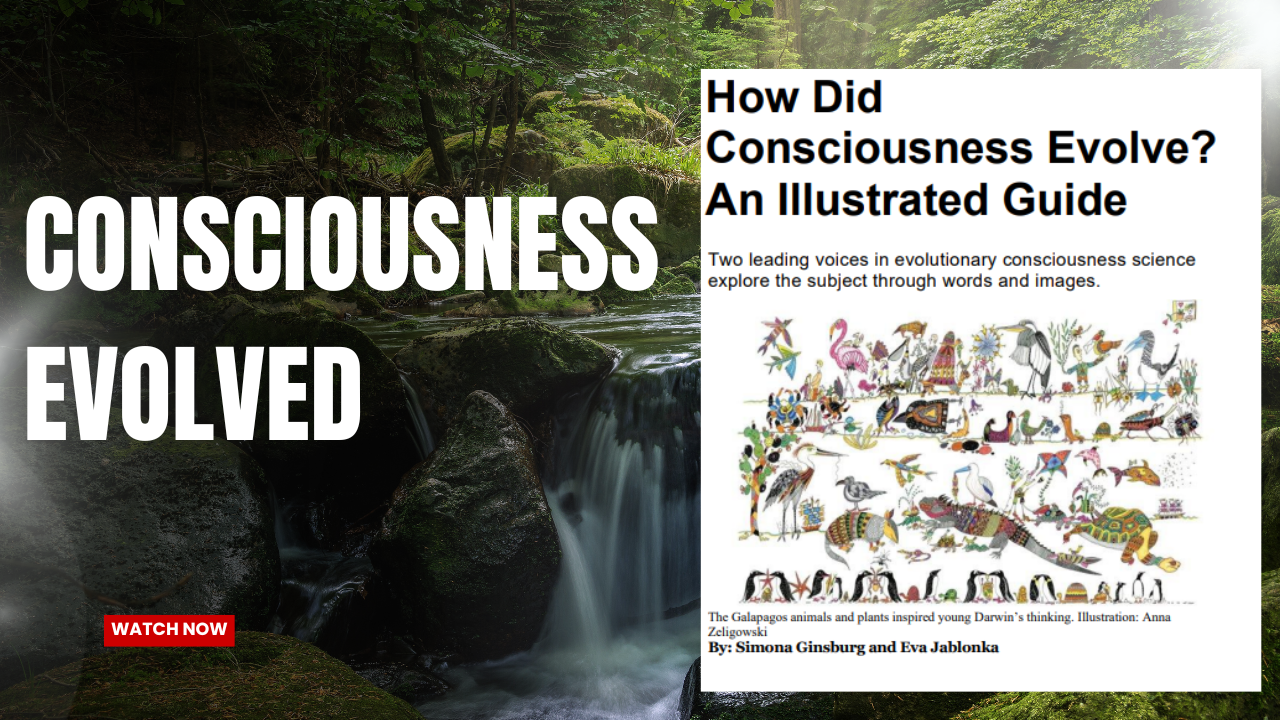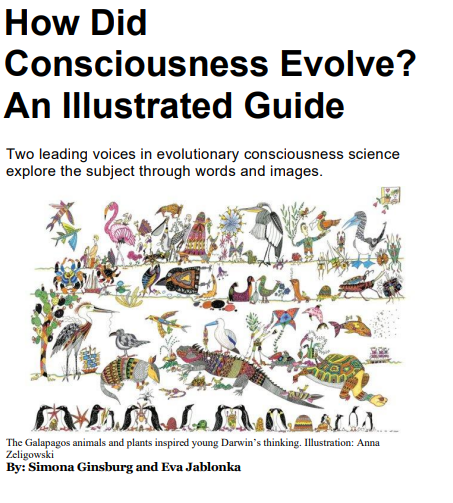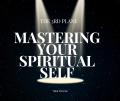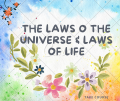

.
- What are the two core principles of Darwin’s theory of evolution?
- How has the understanding of heredity changed since Darwin’s time?
- Describe Daniel Dennett’s “generate-and-test tower” and its different levels.
- What is the significance of an evolutionary transition marker for studying consciousness?
- According to the text, what are the three basic requirements for learning?
- What was the main focus of behaviorist psychology, and how did it differ from earlier views on consciousness?
- What are the main differences between classical and Skinnerian conditioning?
- What is UAL and why do Ginsburg and Jablonka consider it a marker for consciousness?
- According to the text, how is overlearning associated with suffering?
- How does imagination in non-human animals relate to their learning capacities?
Quiz Answer Key
- Darwin’s theory of evolution is based on two main principles: Descent with modification, which states that all organisms are descended from a common ancestor with modifications over time, and natural selection, which is the process where organisms with advantageous hereditary variations are more likely to survive and reproduce.
- Initially, heredity was primarily linked to DNA, but it is now known that heritable variations also occur in patterns of gene expression, behavior, and culture. These heritable changes can arise randomly or be partially directed, and these non-genetic factors play important roles in evolution.
- Dennett’s “generate-and-test tower” proposes a hierarchy of selection levels: the first level is adaptation through natural selection (bacteria), the second level is learning through trial-and-error (fish), the third level is the ability to imagine (elephants), and the fourth level is cultural selection and symbolic thought (humans).
- An evolutionary transition marker is a single system property that, when present, indicates an organism has evolved all the necessary capacities for a specific mode of being, such as consciousness. Finding such a marker simplifies identifying the origin and evolution of complex traits.
- Learning, according to the text, requires three things: (1) a sensory stimulus to trigger a change in the system’s internal state, (2) a memory trace of the change that’s reinforced, and (3) subsequent exposures to the same stimulus will manifest in changes in behavioral response thresholds.
- Behaviorist psychology focused on studying only observable behaviors, defining it as learned behavior. They rejected terms like “consciousness” and “mind” as subjective and unscientific.
- Classical conditioning, as studied by Pavlov, involves learning associations between two stimuli, where a neutral stimulus is paired with a stimulus that naturally triggers a response. Skinnerian conditioning, however, involves learning associations between a behavior and its consequence (reinforcement/punishment).
- Unlimited Associative Learning (UAL) is open-ended learning from experiences, where organisms can learn about the world and itself in an unrestricted way. Ginsburg and Jablonka consider UAL a marker for consciousness because its capacity requires all the elements thought to comprise consciousness are in place.
- Overlearning occurs because parts of a sensory image can have different values, leading to false alarms and overreactions (e.g., triggering fight or flight when no actual danger exists). Chronic anxiety and stress stemming from overreactions can be detrimental.
- Imaginative planning in non-human animals builds upon their learning capacities, allowing them to recall past events and plan future actions. This suggests that the ability to learn and adapt to situations creates a foundation for higher cognitive abilities like imagination.
Essay Questions
- Discuss the limitations of relying solely on genetic changes when analyzing evolutionary transitions. How does the text’s integration of behavior and culture into evolutionary analysis change our understanding of this issue?
- Compare and contrast Daniel Dennett’s “generate-and-test tower” with Aristotle’s hierarchy of “souls.” How do these different frameworks inform our understanding of the evolution of consciousness?
- Analyze the historical relationship between learning studies and consciousness research. What led to behaviorism’s rejection of consciousness, and how has the field evolved since then?
- Argue for or against the position that UAL is a sufficient transition marker for consciousness. Be sure to engage with alternative explanations of the marker.
- Explore the evolutionary origins of suffering. How did the capacity for UAL lead to both increased knowledge and the potential for negative experiences, and how do organisms mitigate suffering?
Glossary of Key Terms
Descent with Modification: The principle that all living organisms are descended, with modifications, from common ancestors.
Natural Selection: The process by which organisms with heritable variations that render them better adapted to their environment tend to leave behind more offspring.
Heredity: The passing of traits from parents to offspring, which can involve genetic (DNA) or non-genetic (epigenetic, behavioral, or cultural) factors.
Behaviorism: A school of psychology that focuses on observable behaviors and rejects subjective notions like consciousness or mind as legitimate topics of study.
Classical Conditioning: A form of associative learning where an organism learns to associate a neutral stimulus with a biologically relevant stimulus that elicits a reflex response (Pavlovian conditioning).
Skinnerian Conditioning: A form of associative learning where an organism learns to associate a behavior with its consequences (positive/negative reinforcement).
Unlimited Associative Learning (UAL): Open-ended learning where an organism can learn from experiences about its world and itself in an unrestricted way. It involves the ability to distinguish novel complex patterns, engage in second-order learning, and change values associated with a learned pattern.
Evolutionary Transition Marker: A single property or capacity that, when present, indicates that an organism has developed all the necessary traits for a specific mode of being.
Overlearning: The tendency of organisms with UAL to experience a heightened sensitivity to potential threats because of rapid associations made during learning, which can result in false alarms.
- What are the core principles of evolutionary theory and how do they relate to the development of consciousness? Evolutionary theory, fundamentally, rests on the ideas of descent with modification and natural selection. Descent with modification means that all living organisms are related through a common ancestor, evolving and diversifying over time. Natural selection is the process by which traits better suited to a particular environment allow organisms to survive and reproduce more effectively. While traditionally focused on genetic variations, modern evolutionary theory acknowledges that heritable changes in DNA, gene expression, behavior and culture all play a role in how organisms adapt and evolve, with behavior and cultural adaptations often preceding genetic changes. It’s a complex and multifaceted process that does not assume genes are the sole drivers of change. The development of consciousness is thought to be a product of these evolutionary processes.
- How does the concept of “major evolutionary transitions” help us understand the rise of consciousness? Major evolutionary transitions involve fundamental qualitative shifts in how information is stored, processed, and transmitted. Examples include the transitions from single-celled to multicellular organisms, or from non-linguistic to symbolic communication. In the context of consciousness, it helps to frame the process as one where the storage, processing and transmission of information grows increasingly complex, with consciousness emerging as a later development. These transitions allow us to think about different levels of organization of life, ranging from organisms that adapt only through natural selection, to those that learn during their lifetime, to those that can select between imagined scenarios, and finally to humans who can manipulate symbolic representations of possibility. This is a hierarchal nesting of increasingly complex forms of information processing.
- What is the “generate-and-test tower” and how does it categorize different forms of life in relation to their cognitive abilities? The “generate-and-test tower” is a concept that categorizes organisms based on their capacity for generating and testing different scenarios. At the base, the first floor, are organisms like bacteria and plants that adapt solely via natural selection. The second floor houses organisms like snails, fish and mice, who can also learn through trial and error in their lifetime. The third floor contains animals like elephants and apes that can select among imagined actions. Humans sit at the top, the fourth floor, because they can select from and test symbolically represented possibilities and undergo cultural selection. This model highlights a progression in cognitive complexity based on how actively an organism can manipulate information in its environment.
- What is “unlimited associative learning (UAL)” and why is it proposed as a key marker for consciousness? Unlimited Associative Learning (UAL) is a form of learning characterized by an organism’s ability to make practically unrestricted associations between stimuli, actions and outcomes throughout its lifetime. It is considered to be the “within-lifetime analog of unlimited heredity in evolutionary time.” UAL includes the ability to distinguish between complex novel patterns, make second-order associations (building chains of connections between patterns), learn even if there are time gaps between a stimulus and its outcome, and change the reward/punishment value of a stimulus, all of which require a significant level of cognitive flexibility. UAL is proposed as an evolutionary transition marker because its presence indicates that an organism has developed the complex set of capacities necessary for consciousness, such as the ability to unify information, direct attention, create internal representations, integrate information over time, have an evaluative system, display agency, and possess a sense of self.
- How does the concept of “consensus list of consciousness characteristics” tie into the idea of UAL? The “consensus list of consciousness characteristics” includes features such as binding/unification, global accessibility, selective attention, intentionality, integration over time, flexible evaluative systems, agency, and a sense of self. This list represents qualities that many researchers agree are important for defining consciousness. UAL is seen as an evolutionary marker because an organism that demonstrates UAL capabilities necessarily also manifests all of these characteristics in the list. Because these features are all needed to manifest UAL, the presence of UAL in an organism essentially validates that those fundamental characteristics are also present.
- What is the relationship between learning, particularly associative learning, and the study of consciousness, especially given the behaviorist perspective? Historically, biologists once associated learning with consciousness. However, behaviorism, a prominent psychological school of thought in the 20th century, dismissed consciousness, focusing only on externally observable behaviors and learning via stimulus and response. They reduced learning to associative conditioning like Pavlovian and Skinnerian models, ignoring internal mental states and using simplified experimental conditions. Although behaviorism had limitations and eventually waned, the study of associative learning continues to be a rich and productive area of research. The concept of UAL marks a qualified return to the 19th century suggestion that open-ended associative learning, especially the kind requiring flexibility and the integration of complex information, is indeed a marker for consciousness, a view that the behaviorists rejected.
- Why does the evolution of consciousness potentially lead to the experience of suffering? The evolution of UAL and its accompanying capacities for complex learning, also created the potential for suffering. Because UAL enables the organism to make many associations, it can cause “overlearning” where an organism might produce false alarms and anxiety, due to the complexity of the potential associations between stimuli. For example, an animal might become chronically stressed and anxious due to the over-identification of neutral or harmless stimuli with potentially threatening ones. Although negative emotions such as anxiety and paranoia might be costly, they are still seen as a necessary cost for the evolution of knowledge and consciousness; “a wise, suffering animal is better off than a nonsuffering, doomed fool.”
- How does the evolution of imagination relate to the evolution of consciousness and is there a link between imagination and sociality? The evolution of consciousness, driven by learning, further led to imagination which allowed animals to reflect on how events unfold in time. Imaginative animals are capable of recalling past events, planning for the future, and choosing among scenarios, a feature that builds upon basic learning and provides greater flexibility in behavior. It is possible that imagination and sociality are linked, as many imaginative animals are also social. Although animals exhibit imagination in different degrees, they remain in the private domain and are not able to communicate about their imagined possibilities, which is considered to be unique to humans.






















0 responses on "Consciousness Evolved"